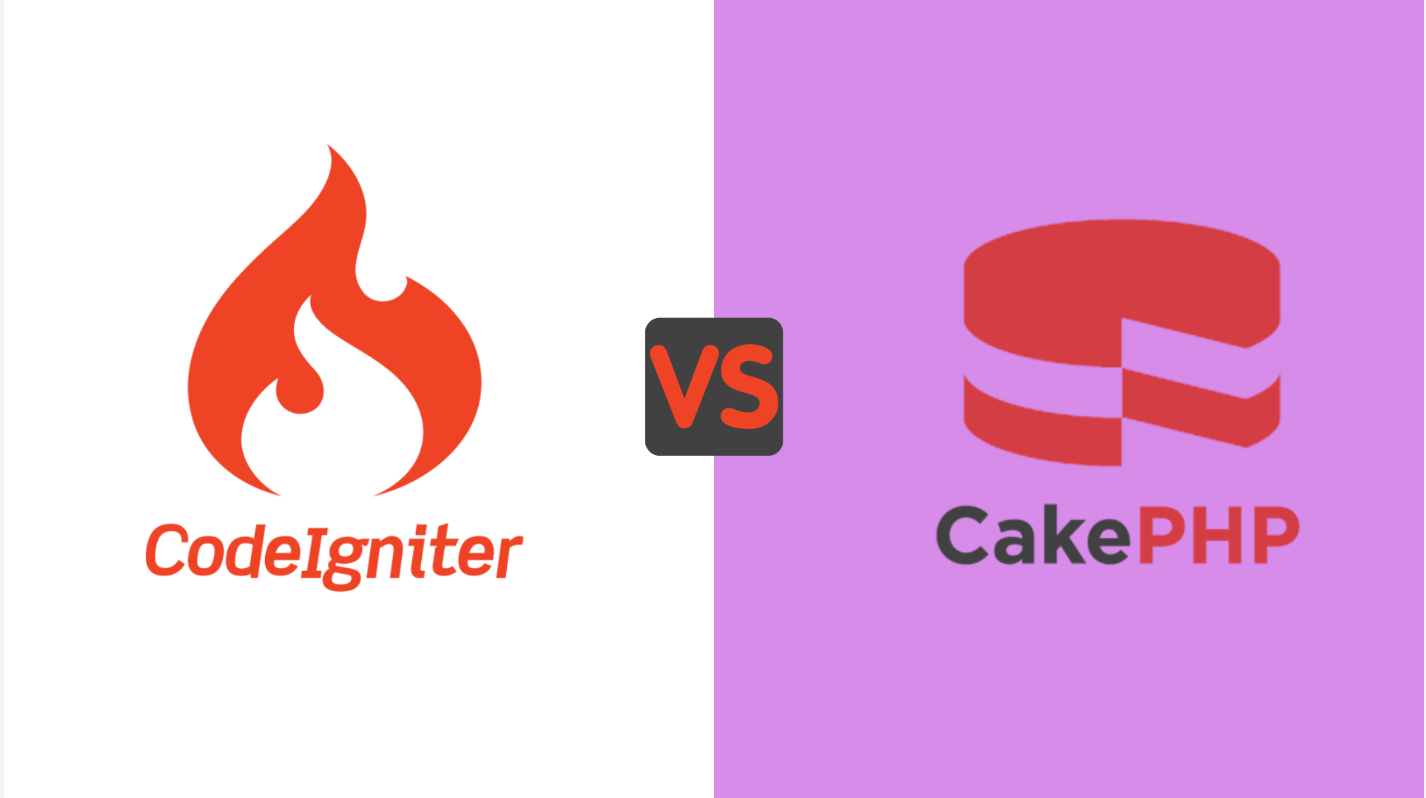Quite similar in their approach, CakePHP and CodeIgniter are widely known and accepted frameworks. On several things, including their support for PHP4. Any description of one inevitably leads to someone saying the other.
They both try to develop an MVC architecture which simply means they split the data Model from the Controller (something that draws data from the Model to give to the view) from the View (that is seen by the users). Both of them use Routing which has a URL and measures it to a particular function within a controller or actions. CodeIgniter supports common expressions for routing; on the other hand, you will have to wait until CakePHP 1.2 for that feature.
Both platforms support Scaffolding, which is an automated path producing a view based on the model. Scaffolding actually is needed for easy prototyping and CodeIgniter takes it a step forward by requiring a keyword in the URL to even access the scaffolding. A user can ignore the keyword, leaving this feature optional indeed. A few users prefer not to have to use the keyword as they sometimes create personal projects not intended for public eyes and using a keyword would be a nuisance.
Outlook to Simplicity What makes CodeIgniter an appealing platform for users is the simplicity in its path. In CodeIgniter, most of the work is done in the controller, loading in libraries, getting data from the model, and pulling in the view. On this platform, everything is in plain sight and a user can see how things function. The simplicity of CakePHP comes via automation and a user enjoys a quicker process through this; however, it becomes harder to find out what is happening? without putting your head into the core
Working with Models
CodeIgniter model handling is straightforward and allows a user to imitate a traditional SQL query with some straightforward commands. A model project is also created and can be loaded to create custom methods to handle a custom task. To help isolate code into the MVC silos, a user can do this in the model and not the controller.
A slightly different path, on the other hand, is taken by CakePHP automatically for loading in the model that matches the current controller. This automated loading can be turned off by a user and even allocate various models that should be loaded by the controller instead. Things are also taken further by CakePHP by establishing all the model associations for a user as it enables for some really easy querying.
Conclusion
It is noteworthy that these two frameworks have a lot going for them. They have a much simpler approach to application development than the complexity that is something like Symfony. For a number of developers, CakePHP has an upper hand over CodeIgniter for much of the automagic that I mentioned. Its defects have been given a talk with every new iteration.
